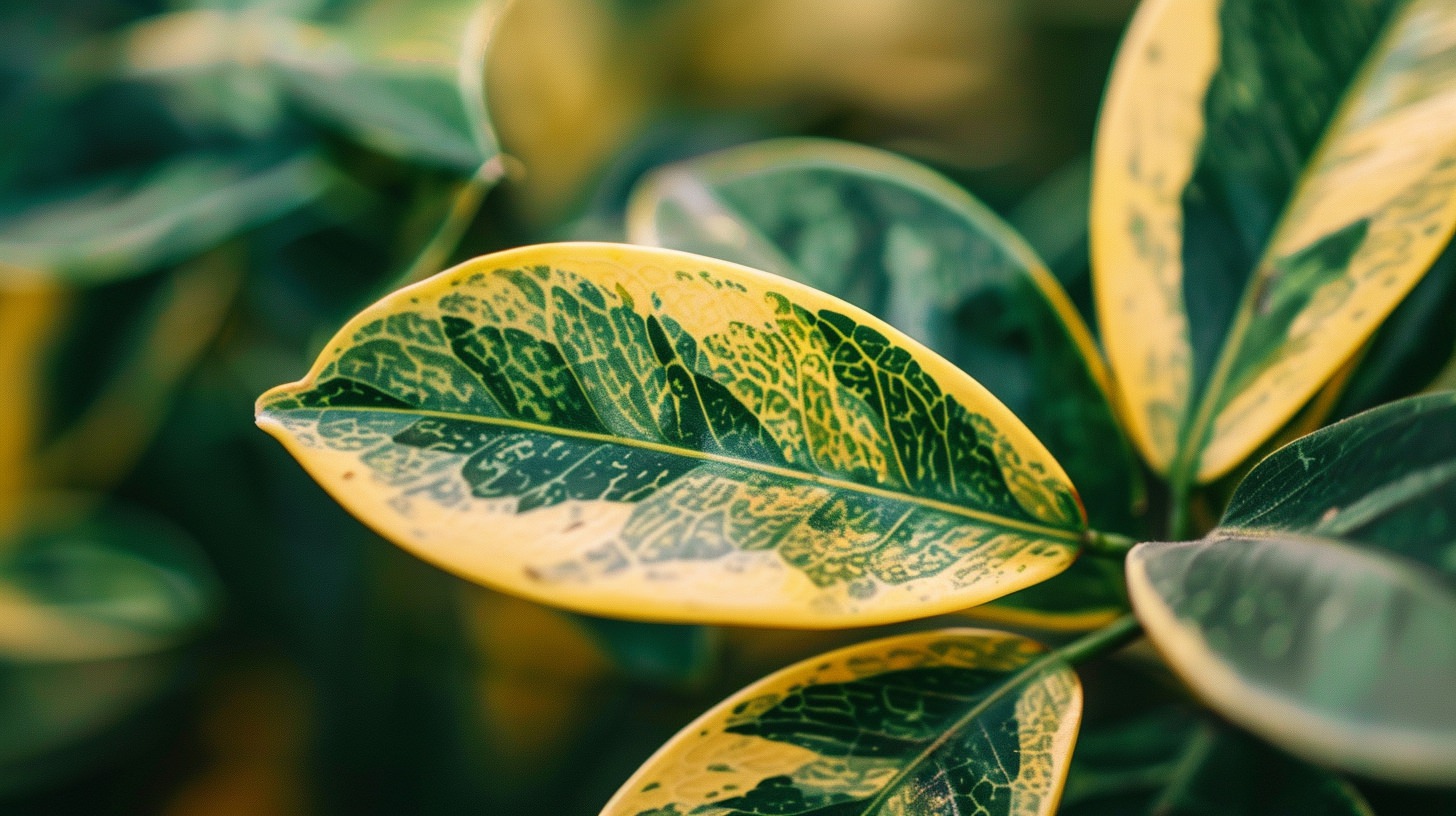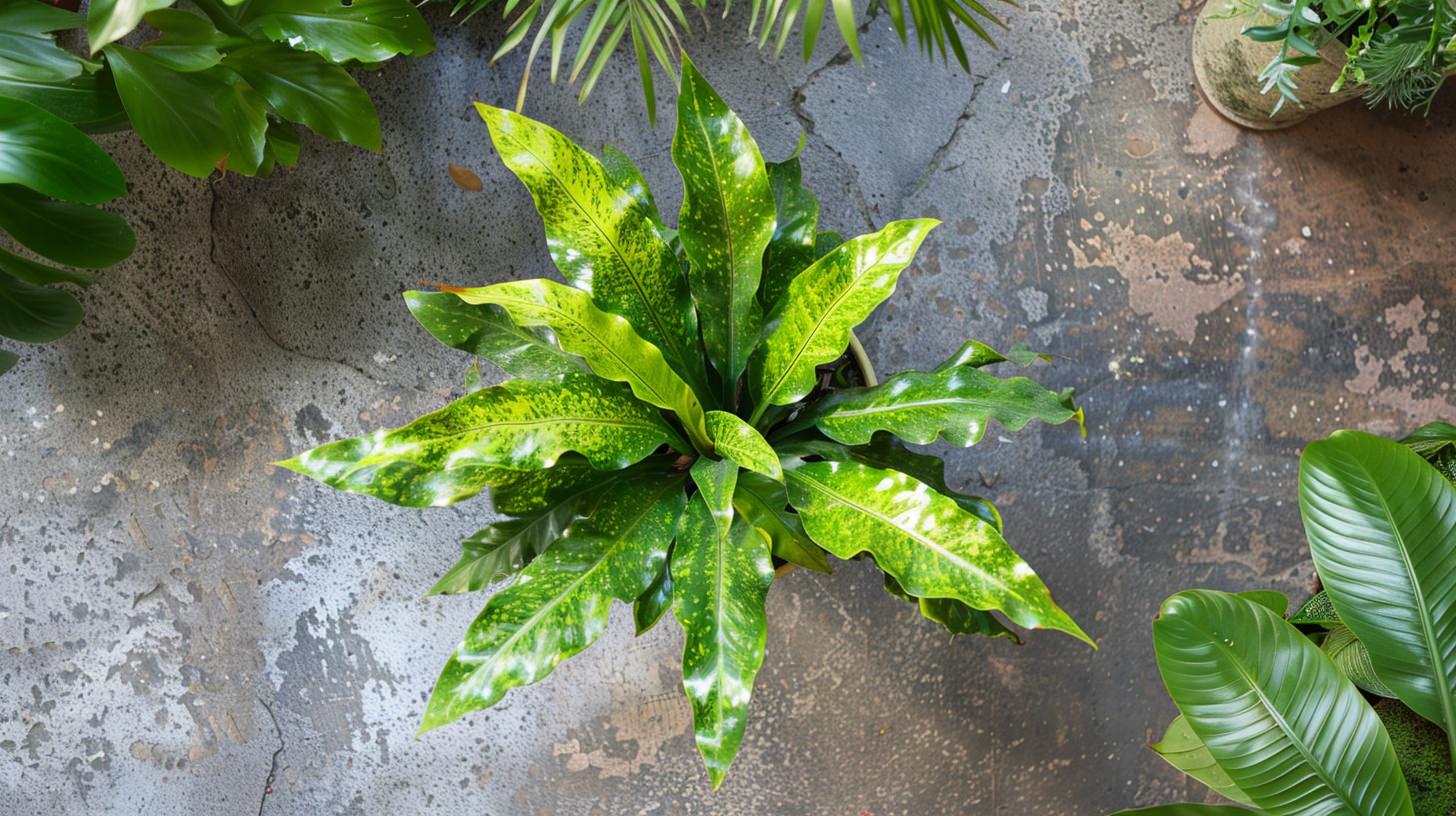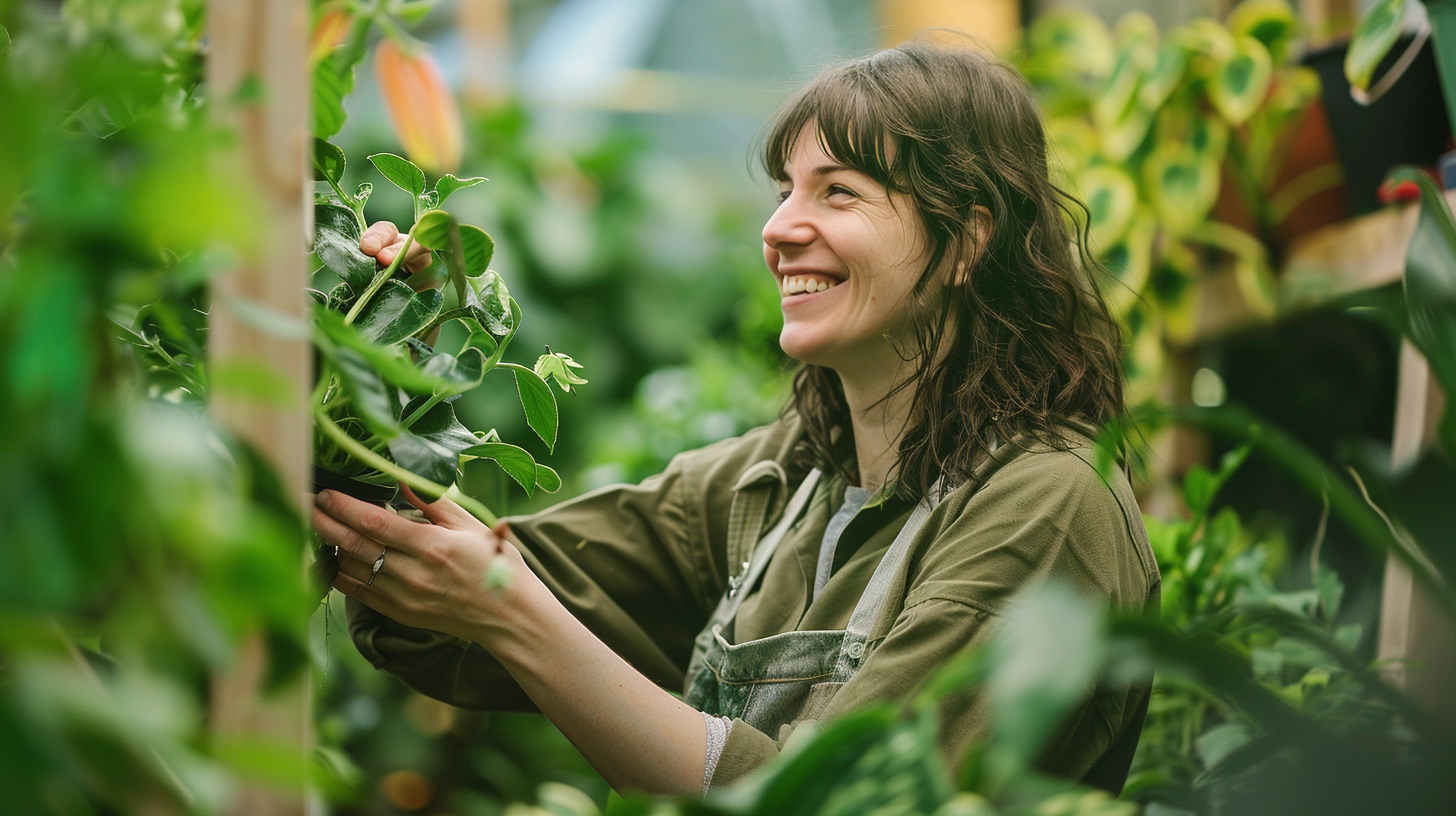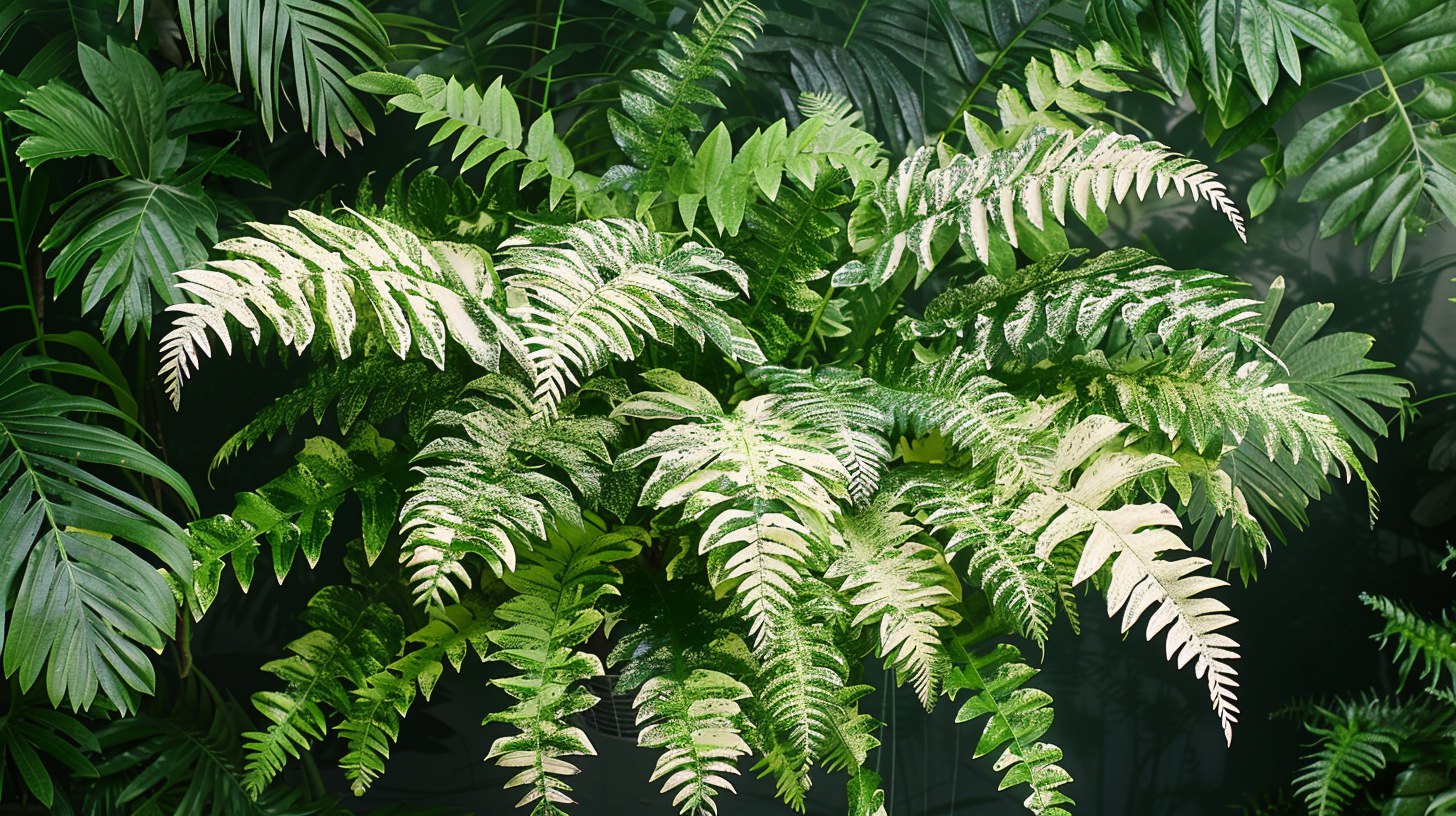
Are you looking to brighten up your indoor space with vibrant and visually appealing greenery? Discover how to care for variegated plants indoors and unlock the secrets to cultivating these stunning botanical beauties within the comfort of your home. From lighting requirements to watering techniques, embark on a journey to nurture and showcase the beauty of variegated plants in your living space.
Essential Care Tips for Variegated Plants Indoors
Light Requirements
Variegated plants thrive in bright, indirect light. Place them near a window where they can receive plenty of sunlight without being exposed to direct sunlight, which can lead to leaf burn.
Watering Schedule and Techniques
- Water variegated plants when the top inch of soil feels dry to the touch.
- Use room-temperature water to avoid shocking the roots.
- Ensure proper drainage by using pots with drainage holes to prevent waterlogged soil.
Soil and Fertilization Needs
- Use well-draining potting mix to prevent root rot.
- Consider a balanced liquid fertilizer diluted to half strength during the growing season, typically from spring to early fall.
- Monitor the plant’s growth and adjust fertilization accordingly.
Pruning and Maintenance
Regularly remove dead or yellowing leaves to promote new growth and maintain the plant’s health. Inspect the plant for pests and address any issues promptly to prevent infestations. Consider repotting variegated plants every 1-2 years to refresh the soil and provide more space for root growth.
For more detailed care instructions, refer to The Sill’s guide to caring for variegated plants.
Creative Plant Arrangement Ideas with Variegated Plants
Hanging Planters
Hang variegated plants in macrame plant hangers or decorative hooks to elevate your space vertically and create visual interest. Consider mixing different variegated plant species for a dynamic display.
Variegated Plant Terrarium
Design a mini ecosystem with variegated plants in a glass terrarium. Layer rocks, charcoal, potting mix, and moss to create a self-contained environment that thrives with minimal maintenance. Place the terrarium in indirect light for optimal growth.
Vertical Gardens
Utilize wall-mounted planters or vertical garden panels to showcase variegated plants in a space-saving and eye-catching manner. Experiment with various plant arrangements to create a living green wall that enhances your indoor decor.
Explore more inspiration for incorporating variegated plants in your home by visiting The Home Depot’s indoor plant arrangement ideas.
Troubleshooting Common Issues with Variegated Plants
Dealing with Browning or Yellowing Leaves
- Trim affected leaves with clean scissors to promote new growth.
- Adjust watering frequency and ensure proper drainage to prevent water-related leaf discoloration.
- Monitor humidity levels, as low humidity can cause leaf browning.
Preventing Overwatering and Root Rot
- Allow the soil to dry out between waterings to prevent overwatering.
- Check the roots for signs of rot, such as mushy texture and foul smell.
- Repot the plant in fresh soil if root rot is detected to salvage the plant.
Managing Pests Specific to Variegated Plants
- Regularly inspect the plant for common pests like spider mites or aphids.
- Use organic pest control methods such as neem oil or insecticidal soap.
- Isolate infested plants to prevent the spread of pests to other indoor plants.
For comprehensive information on troubleshooting variegated plant issues, consult Lowe’s plant care guide for indoor plants.
Seasonal Care Guide for Variegated Plants Indoors
Adjusting Care Routines Based on Seasons
- During the colder months, reduce watering frequency as indoor air tends to be drier.
- Increase humidity levels by misting the plant or using a humidifier, especially in winter when indoor heating can dry out the air.
- Rotate the plant periodically to ensure all sides receive adequate sunlight.
Winter Care Tips for Variegated Plants
- Protect variegated plants from drafty areas and sudden temperature fluctuations.
- Consider moving plants away from windows during frosty nights to prevent cold damage.
- Avoid placing variegated plants near radiators or heating vents to prevent heat stress.
Summer Maintenance for Thriving Variegated Plants
- Increase watering frequency during hot weather, but always check the soil moisture before watering.
- Provide adequate ventilation to prevent heat buildup, especially for variegated plants located near windows.
- Consider moving variegated plants outdoors to a shaded area for some natural sunlight exposure.
For additional insights on seasonal care for variegated plants, refer to The Gardener’s online plant care resources.
Conclusion: Elevate Your Indoor Garden with Variegated Plants
Embracing the Beauty of Variegated Plants
Variegated plants add a touch of elegance and color to any indoor space, brightening up your home and uplifting your mood. By following the appropriate care techniques, you can enjoy these striking plants all year round.
Continuous Learning and Adaptation
Remember that every plant is unique, and it may take time to understand the specific care needs of your variegated plants. Stay observant, adapt to seasonal changes, and continue to expand your knowledge of indoor plant care.
Share Your Passion
Share your love for variegated plants with friends and family. Offer them tips on caring for these beautiful plants indoors and help spread the joy of nurturing greenery in living spaces.
Take your indoor gardening skills to the next level with variegated plants and watch as your home transforms into a lush sanctuary of natural beauty. For more inspiration and plant care advice, visit The Spruce’s plant care section.
Can variegated plants thrive in low-light indoor environments?
While variegated plants prefer bright, indirect light, some varieties can adapt to low-light conditions. Opt for plants like pothos or snake plants that can thrive in low-light settings with minimal sunlight exposure.
How often should I water variegated plants indoors?
The frequency of watering variegated plants indoors depends on factors like room temperature, humidity levels, and the plant species. Generally, water variegated plants when the top inch of soil feels dry to the touch to prevent overwatering and root rot.
What are common pests that affect variegated plants?
Variegated plants can be susceptible to common indoor plant pests such as spider mites, aphids, mealybugs, and scale insects. Regularly inspect your plants for signs of pest infestations and treat them promptly to prevent damage.
Do variegated plants require special fertilizer?
While variegated plants do not require special fertilizers, consider using a balanced liquid fertilizer diluted to half strength during the growing season to support healthy growth. Be cautious not to over-fertilize, as it can harm the plant.
Can I propagate variegated plants to expand my indoor garden?
Yes, many variegated plants can be propagated through methods like stem cuttings or division. By propagating your variegated plants, you can create new plants to expand your indoor garden and share with fellow plant enthusiasts.


